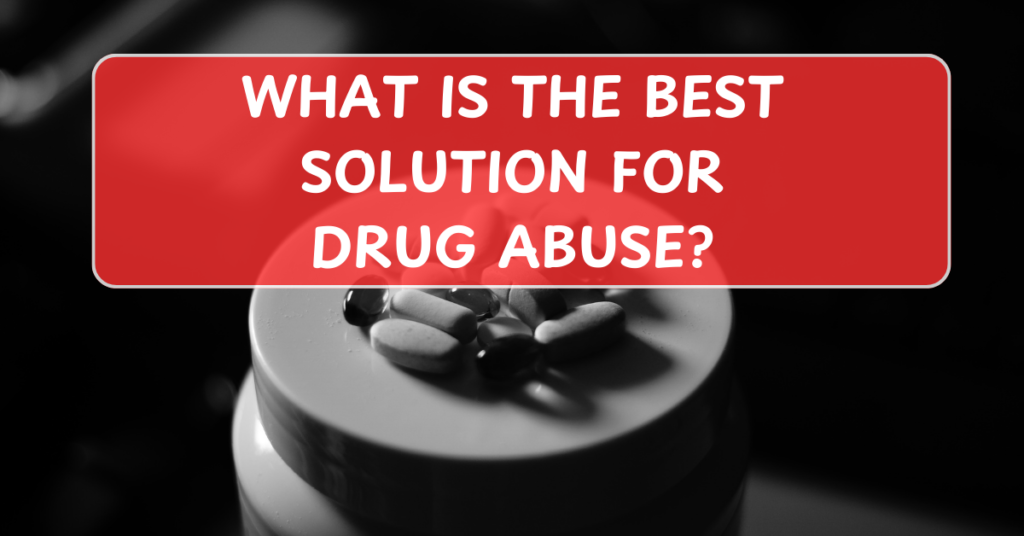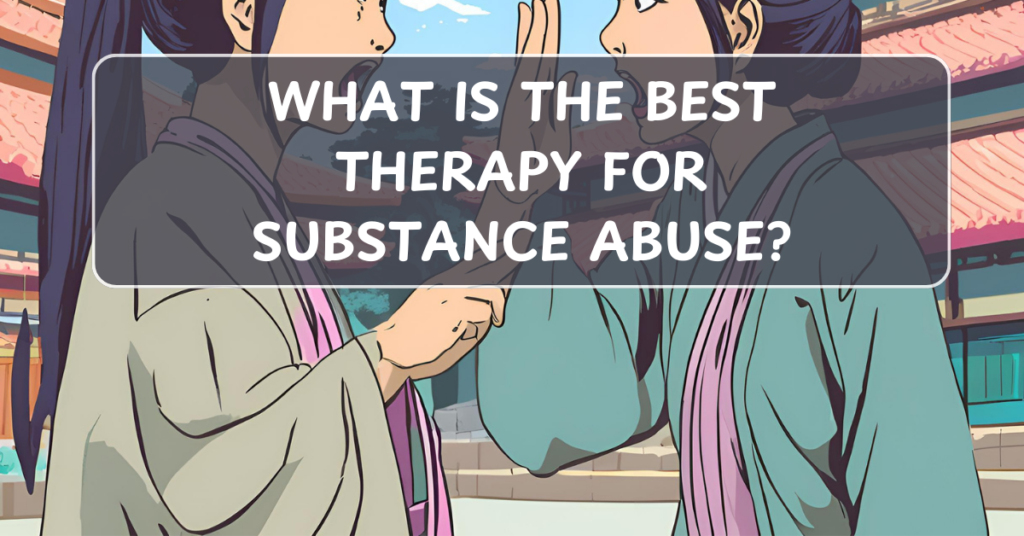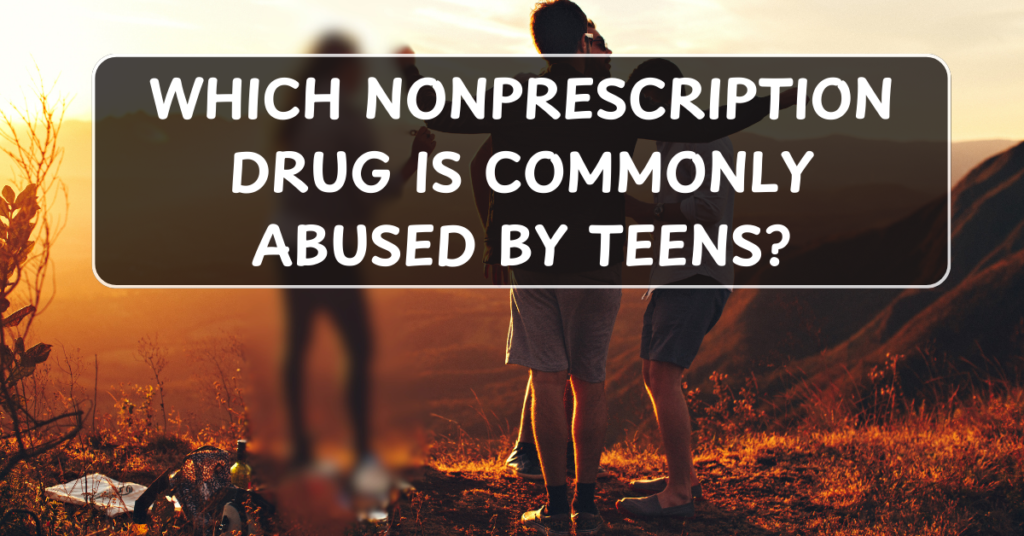
Drug abuse is a complex issue that affects individuals, families, and communities. Addressing it requires a multi-faceted approach tailored to the unique needs of the individual. While there’s no single “best” solution that works for everyone, a combination of strategies can lead to successful recovery and long-term sobriety.
1. Prevention: The Best Starting Point
Preventing drug abuse before it starts is ideal. This can be achieved through:
- Education: Raising awareness about the risks of drug use through school programs, community initiatives, and media campaigns.
- Strong Support Systems: Building healthy relationships with family and friends can reduce the likelihood of drug use.
- Access to Resources: Providing mental health support, recreational activities, and mentorship to at-risk populations can help prevent substance abuse.
2. Early Intervention
If drug use begins, early intervention can prevent escalation. This involves:
- Screening and Assessment: Identifying risk factors and early signs of drug abuse through regular health checkups.
- Open Communication: Encouraging open dialogue with loved ones about concerns and behaviors.
- Brief Interventions: Short, targeted conversations or counseling sessions with a healthcare professional to address the issue.
3. Professional Treatment Programs
Once drug abuse has become a problem, professional treatment is often necessary. Effective treatment includes:
a. Detoxification (Detox)
- A medically supervised process to safely manage withdrawal symptoms.
- Detox alone is not a solution but a critical first step.
b. Therapy and Counseling
- Behavioral Therapies: Approaches like Cognitive Behavioral Therapy (CBT) help individuals recognize and change harmful thought patterns and behaviors.
- Individual Counseling: Focused one-on-one sessions to address personal challenges.
- Group Therapy: Provides support and shared experiences from peers in recovery.
c. Medication-Assisted Treatment (MAT)
- Medications like methadone, buprenorphine, or naltrexone can help manage withdrawal symptoms, reduce cravings, and prevent relapse.
d. Residential Treatment Programs
- Intensive, inpatient programs offering structured care in a controlled environment.
4. Long-Term Support and Aftercare
Recovery is a lifelong process. Aftercare is crucial for maintaining sobriety and includes:
- Support Groups: Programs like Alcoholics Anonymous (AA) or Narcotics Anonymous (NA) provide ongoing peer support.
- Sober Living Homes: Structured living environments that encourage accountability and sobriety.
- Continued Counseling: Regular sessions with a therapist to address challenges and prevent relapse.
5. Address Underlying Issues
Drug abuse often stems from underlying problems such as:
- Mental Health Disorders: Depression, anxiety, or trauma can drive substance abuse. Dual-diagnosis treatment addresses both issues simultaneously.
- Environmental Factors: Unstable living situations, poverty, or exposure to drug culture can increase risk. Addressing these factors is key to long-term success.
6. Community and Family Involvement
Support from loved ones can significantly impact recovery. This involves:
- Education for Families: Understanding addiction helps families provide effective support.
- Family Therapy: Resolving conflicts and building healthier relationships.
- Community Programs: Initiatives like peer recovery coaches or community health programs provide additional resources.
7. Policy and Societal Changes
On a larger scale, addressing drug abuse requires systemic changes, such as:
- Access to Healthcare: Ensuring everyone has access to affordable treatment options.
- Reducing Stigma: Promoting understanding and compassion for individuals with substance use disorders.
- Policy Reform: Implementing harm reduction strategies like needle exchange programs and safe consumption sites.
Key Takeaways
The best solution for drug abuse is a comprehensive, individualized approach that includes prevention, professional treatment, long-term support, and societal change. Recovery is possible with the right resources, support, and commitment to change.


